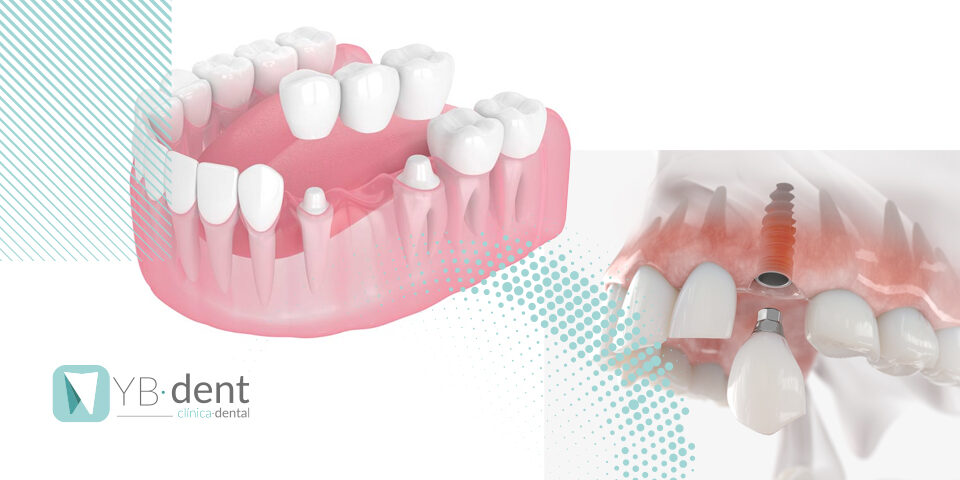Qué son los granos en la lengua y cómo se quitan

Para muchos ir al dentista se basa en solucionar problemas de caries, ortodoncias, hacer la limpieza anual y poco más. Pero en la Clínica Dental YB-dent, tratamos muchos problemas que son más comunes de lo que creemos.
Los granos en la lengua, puede que sea una de las afecciones más comunes que nos encontramos en la consulta, y muchas veces se confunden con las llagas o aftas bucales. Pero en este caso, los granos en la lengua, aunque comparten el ser muy molestos y dolorosos, son diferentes a las llagas en este post te vamos a contar cómo saber que son granos, porque nos salen y cómo podemos solucionarlo en casa.
Los granos en la lengua son pequeñas lesiones que aparecen en poco tiempo en nuestra lengua y se reconocen por ser bastante molestos para hablar, comer, beber…
Síntomas más comunes de los granos en la lengua o papilitis lingual transitoria
Los síntomas más comunes de los granos en la lengua o su nombre científico papilitis lingual transitoria, se distinguen por los siguientes síntomas:
- Aparecen pequeños bultos rojos con una zona blanca en la lengua.
- Dolor e hinchazón en la zona
- Picor en la zona
- Hormigueo
- Molestia al mover la lengua
Aunque muy molestos los granos en la lengua pueden pasar inadvertidos en algunas personas asintomáticas, o al contrario ocasionar fiebres, depende del caso y su causa.
Aunque las causas de los granos en la lengua pueden variar, generalmente no son una afección en concreto, sino que son un síntoma, y normalmente vienen debido a una infección.
Las causas de la aparición de los granos en la lengua
Como decíamos al principio, en muchos casos los granos aparecen como un síntoma por alguna afección más seria de nuestro cuerpo, como por ejemplo en una infección, nos indican que algo en nuestro cuerpo no está funcionando bien.
Aunque no sea un problema muy grave, si es importante, si este síntoma va a más buscar un profesional para buscar la causa.
Las causas más comunes son las siguientes:
Alimentación
Bien porque hemos ingerido muchos dulces, ácidos o picantes de forma puntual, y nuestro cuerpo ha reaccionado. O bien, porque tenemos un déficit de vitaminas o nutrientes, derivado de una mala alimentación.
Problemas alimenticios
Alergias, intolerancias… Los granos en la lengua pueden ser un síntoma de que algo en nuestro cuerpo no está funcionando bien.
Infección vírica
Es muy común en los niños, y es derivado de una infección en nuestro organismo. Esta infección es bastante contagiosa, por lo que se recomienda aumentar las medidas de higiene.
Lesiones en la lengua
Mordeduras o posibles lesiones en la lengua pueden derivar en la aparición de granos en la lengua.
Virus del papiloma
Puede que sea una de las causas más serias, ya que este virus puede ser un problema para tu salud. En este caso los granos aparecerán cerca de la garganta y son uno de los síntomas más comunes de este virus.
Malos hábitos
El tabaco y el alcohol excesivo pueden deteriorar nuestra salud y un síntoma de esto es la aparición de granos en la lengua, como aviso de que algo no funciona bien.
¿Cómo solucionarlo en casa?
Afortunadamente este problema se puede solucionar de forma fácil en casa, pero si la afección será más seria se debería consultar a un profesional para averiguar las causas.
Aumentar la higiene bucal
Si te has dado cuenta que estas padeciendo granos en la boca, debes aumentar la higiene en tu boca: se recomienda lavarse los dientes de dos a tres veces al día y utilizar colutorio.
Enjuagues bucales
Con agua tibia y sal, realiza enjuagues cada vez que te laves los dientes
Mejora tu alimentación
Esta afección es normalmente un aviso de que nuestro cuerpo necesita más nutrientes, por lo que es hora de empezar a hacerle caso.
Fármacos
En tu farmacia te pueden recomendar algunos fármacos para intentar solucionar de forma más rápida este pequeño, aunque molesto, problema.
Visita regularmente a tu dentista
Estas visitas te ayudarán a detectar anticipadamente y solucionar, en caso de que sea necesario, posibles problemas.
Recuerda que en la Clínica Dental YB-dent podemos ayudarte con los granos en la lengua y con muchas otras afecciones. Llámanos y pide tu visita.



